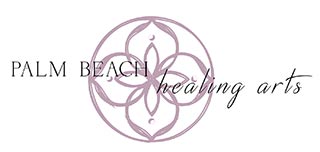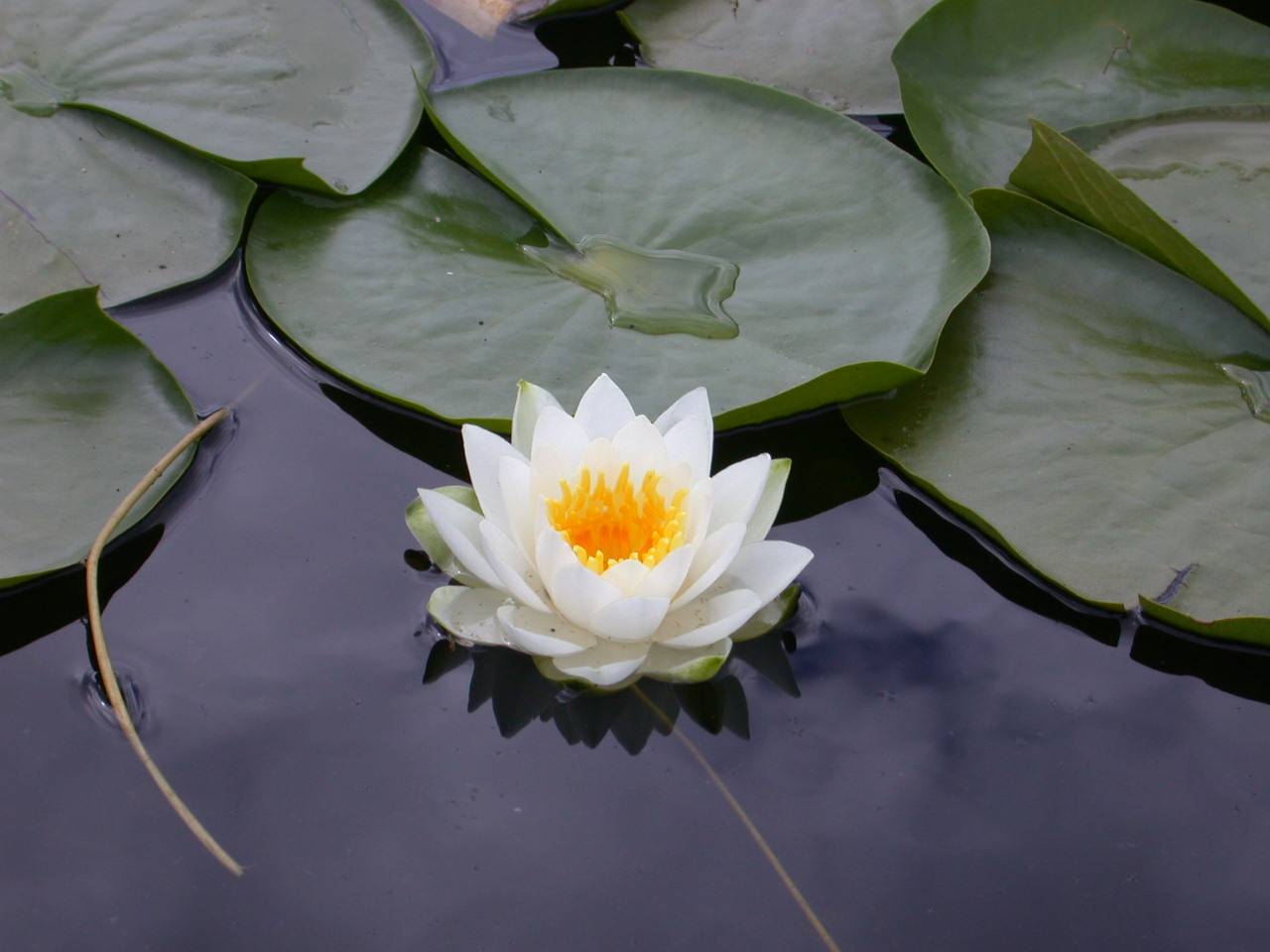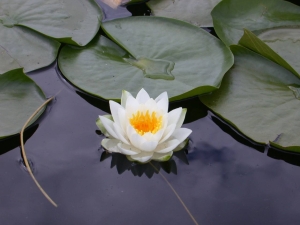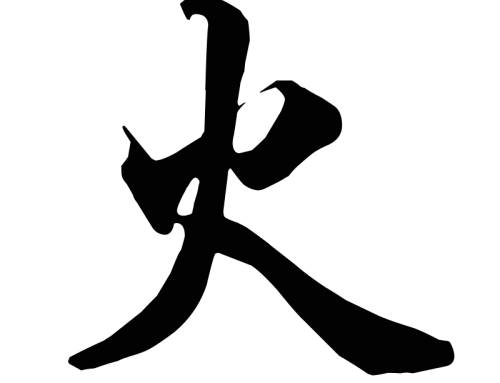The Energetics of the Metal Phase in Chinese Medicine
katheirne l borse, l.ac., msom, ryt
“Man’s life is a coming together of breath. If it comes together, there is life; if it scatters, there is death.” ~ Zhuangzi
“The lung channel begins at CV12, deep within the area of the stomach, and descends to loop around the transverse colon at CV9. Form here it ascends the midline to penetrate the diaphragm and bifurcates into each lobe of the lung. The meridian continues to ascend bilaterally on either side of the trachea to the level of the larynx. Each branch then descends to become superficial at LU1, the channel’s entry point. From here the channel arches over the shoulder and descends the lateral aspect of the biceps to LU5 at the flexure of the elbow. It then runs the thenar eminence. From here it travels over the anterolateral edge of the thumb to its nail point and exit point, LU11. A deep branch leaves from LU7, the luo point, to travel between the first and second metacarpal bones and connect with the large intestine channel at LI4. The Hand TaiYin Channel of the Lung represents the first meridian in channel circulation according to current day traditional Chinese medical practice and teaching. Within the Five Phase system however, it is the ninth channel amidst circulation, as the Supreme Being, or Heart, initiates channel circulation. The ontology of meridian circulation clearly establishes each school’s vision regarding the centripetal point of being and initiates discussion, reflection, and treatment of each patient based upon such. Although the differences are both subtle and profound, the shift in ontological thought changes the course of treatment for each patient and differs according to each practitioner.[ii] Nevertheless the Metal Phase, governed by the Lung Official, is perceived by both traditions as holding a very sacred place amidst the elements – the Lung is our connection to Heaven, and as such it draws down our heavenly qi – both as the air or prana that we breath, and also acts as our intuitive spirit: The Lung receives from the Heavens and what it takes in is broadly covered by the word ‘inspiration’. People frequently consider the word in terms of how it may satisfy them in a material way. They look at goods in a store and feel a desire to own them. In contrast however, people may look at a scene in nature, observe a painting, listen to music or be given a compliment by someone they trust and feel lifted in their spirit. In this case there is nothing to own and nothing to possess or use up. The essence within them has been touched. They are nourished in their spirit, and those elusive nuggets of gold[iii] in the Chinese character have been brought within their sight.”[iv] The Lung is also our Official that endows us with our earthly spirit, or corporeal soul (Po). The Po is an aspect of our Shen, which grants us our ability for movement, agility, balance, and coordination of both action and thought. Tai Qi Quan, Yoga, Qigong, and the various schools of martial arts all strengthen our Po (corporeal soul). Additionally, the Lung official is responsible for controlling our wei qi. Our wei qi, or defensive qi, is akin to our immune system – it is our shield with which we ward off bacterial and viral infections; and yet, on both a physical and emotional level, those of us with strong Lung qi have an ability to ward off not only infections, colds and flu, but also unwarranted criticism and emotional assault.[v] This also transfers outward, as those with a strong Po have keen physical senses and are for the most part spiritually and physically aware and animated.[vi] Located within the upper Jiao and adjacent to the Heart, the Lung official mediates and empowers a connection for us with Heaven and facilitates our ability to transcend from the physical and material world into the subtle bodies of inspiration, intuition, and connection to our innate essence. In this way, our Lungs are an intermediary, connecting us and facilitating communication between our higher selves and our physical being. Lonny Jarrett has a beautiful description in metaphor of the Lung channel in descent through our being, recognizing each point on its trajectory as a moment, or still point, aiding us in our journey of growth and toward a deeper connection: The lungs can be pictured as two mountains on either side of a valley with the lung meridian representing a path from the top of the mountain to the bottom. Stone steps wind their way down the mountainsides, and altars for rest and meditation appear in the form of each acupuncture point along the lung channel. A stream flows at the mountain’s peak, picking up momentum as it descends to form a river flowing through the valley below. At the mountain’s top is a temple of serenity high above the clouds and the mist (LU 1 – Central Treasury). Ascending to the very peak we reach a gate (LU 2 – Cloud Gate) where we begin our descent to another temple in the clouds (LU 3 – Heavenly Palace). Thus inspired (LU 4 Valiant White) we descend lower to pass a marsh (LU 5 – Foot Marsh) and lower still to a “very great abyss” (LU 6 – Greatest Hole). And as the stream narrows there is a deviation to (LU 7 – Broken Sequence) (LU 8 – Meridian Gutter) fall over yet another abyss (LU 9 – Great Abyss). At the bottom of the waterfall is a pool where a local villager catches fish (LU 10 – Fish Region) to carry them off to market (LU 11 – Little Merchant). This meridian trajectory, aided in interpretation by the spirit of the points, informs us that the Lung is both essential in finding our connection with our higher self and identifying with our inspiration (internally and externally), as well as a path in which we can connect with grief and emptiness to identify fully with the depths of our being, and then to let go – bringing that newfound space and the profound value of the present moment into our awareness in order to cultivate a lightness of being. “Dao is a whirling emptiness (chong), Yet in use is inexhaustible. Fathomless (yuan), It seems to be the ancestor (zong) of Ten thousand things ~ Dao De Jing, Chapter IV ~ The yang pair to the Lung is the Large Intestine, and appropriately so. The role of the Large Intestine Official is to receive what has been sorted from the Small Intestine to absorb any remaining nutrients. Afterwards, it eliminates any waste, assisting the Lung in carrying out the duty of elimination of all that is not longer of service. Keeping in the spirit of the Metal Phase, the Large Intestine facilitates “letting go.” This official eliminates any physical, mental, or spiritual congestion to “drain the dregs” of the body, mind and spirit. Deciding what to discard and let go of is therefore the role of the Large Intestine. Some people find it difficult to fully access their grief. For others the struggle is to come to terms with the loss, accept that the situation is now changed and be prepared to move on and form new attachments. When a patient appears to be struggling to “let go” in this way this may indicate that the Large Intestine is in need of treatment.[vii] The large intestine meridian belongs to the YangMing channel along with the stomach, which carries the most abundant source of qi and blood. As such, the Large Intestine is often mobilized to initiate and assist the other officials with their duties – it holds a profound ability to clear and move unwanted and unnecessary energy from the body, as well as to rejuvenate and heal in cases of deficiency. On a spiritual level, the Large Intestine serves as an intermediary similar to the Lung, bringing old emotions to the light of consciousness in order to then cleanse them as impurities of past trauma. Following is the meridian pathway of the large intestine: The large intestine channel begins at LI 1, the radial nail point of the index finger. The channel runs along the postereolateral surface of the index finger to pass through its entry point at LI 4 in the angle of the first and second metacarpal bones. The channel continues up the radial aspect of the forearm to LI 11 at the lateral border of the elbow crease. It then rises along the lateral aspect of the biceps to the insertion of the deltoid at LI 14. From here a branch runs internally to SJ 13. The main channel continues to the shoulder, where it reaches LI 16. An internal section of the channel leaves this point to travel across the trapezius to GV 14. It returns over the shoulder to ST 12, and from here the meridian bifurcates. An internal branch continues down the chest to enter the lung, penetrates through the diaphragm, and connects with the large intestine at ST 25, the mu point of the large intestine official. The superficial branch continues medially to LI 17 at the base of the neck and then rises up the sternocleidomastoid and across the posterior aspect of the mandible. From here it runs to GV26 between the philtrum and the base of the nose and crosses to the opposite side of the face to reach LI 19 and then terminate at the channel’s exit point, LI 20. It then travels on to meet the stomach channel at its entry point, ST 1. An internal pathway leaves through the main meridian in the upper jaw and encircles the mouth, passing through the gum of the lower jaw. Again, Lonny Jarrett aptly notes, “it is interesting that LI 20, the channel’s exit point, is located at the base of the nostrils. Here the lungs inspire us with the essence on each inhalation and let go of {the mundane} with each exhalation. Empowering us to let go of the mundane while retaining essence is the main function of the large intestine official. Hence this channel’s termination by the nose speaks directly to the integration of the functions of receiving and letting go.”[viii] [i] Jarrett, Lonny. The Clinical Practice of Chinese Medicine. 571-572. [ii] Neither are “correct,” as there are multiple, if not infinite schools of Chinese medical theory, and hence many different ways of viewing and interpreting the theory & perceiving patient constitutions, and therefore subsequently multiple treatment options and courses of care. [iii] Jin is the character for Metal, taking the character for Earth as its foundation. It has an additional horizontal line, representing the fact that metal lies deep within the earth, and additionally the character jin has two strokes above that illustrate a roof, solidifying the notion that metal is something covered, or “housed over”; lastly, there are two short lines amid the character that depict nuggets of gold, a symbolic representation of all precious metals that are buried deep within the core of the earth. [iv] Hicks, Hicks, and Mole. Five Element Constitutional Acupuncture. 131. [v] Hicks, Hicks, and Mole. Five Element Constitutional Acupuncture. 140. [vi] Hicks, Hicks and Mole. Five Element Constitutional Acupuncture. 140. [vii] Hicks, Hicks and Mole. Five Element Constitutional Acupuncture. 141. [viii] Jarrett, Lonny. The Clinical Practice of Chinese Medicine. 589.




